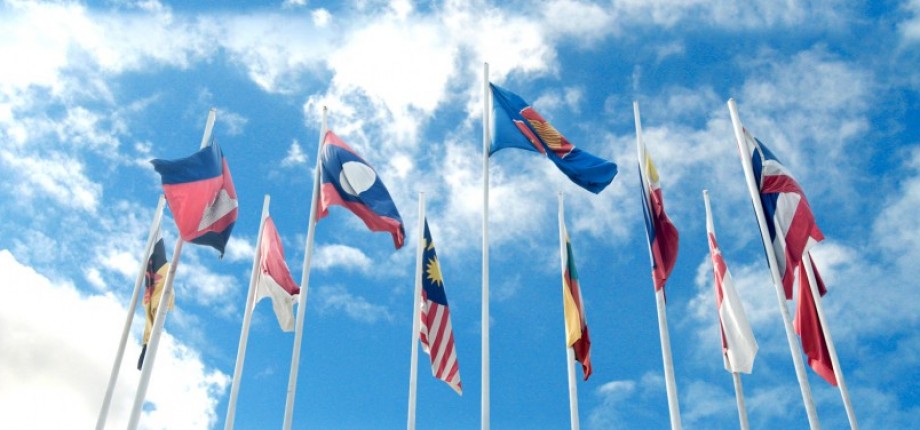The ASEAN Member States are working to address their needs and gaps in funding biodiversity conservation activities in protected areas. Several sustainable mechanisms, such as carbon financing and payment for ecosystem services have been identified to bridge these gaps.
ASEAN Centre for Biodiversity (ACB) Executive Director Theresa Mundita Lim said that although funding remains a challenge, sustainable finance mechanisms to address protected area needs are within the reach of the ASEAN region.
“While much progress has been achieved in addressing the challenges in funding protected areas in the ASEAN, the work ahead may require us to establish means to incorporate biodiversity considerations into the overall budgetary systems,” said Dr. Lim in her opening remarks at the third session of the webinar series on sustainable financing for ASEAN Heritage Parks last week.
The webinar series is being organised by the ACB in cooperation with the European Union, German Development Bank (KfW), and Deutsche Gesellschaft für Internationale Zusammenarbeit (GIZ) through the Biodiversity Conservation and Management of Protected Areas in ASEAN (BCAMP) Project, Small Grants Programme (SGP), and the Institutional Strengthening of Biodiversity Sector in the ASEAN II (ISB II) Project, respectively.
Biodiversity Management Bureau (BMB) Assistant Director Amelita Ortiz of the Department of Environment and Natural Resources in the Philippines shared that the realignment of domestic and subnational government budgets to the pandemic response and reduced revenues from tourism and other activities in the protected areas have made the sustainable financing of protected areas even more challenging.
“We need to shift our paradigm to focus not only on how much and where the money comes from but on creating more inclusive and enabling financing conditions,” Ortiz said.
